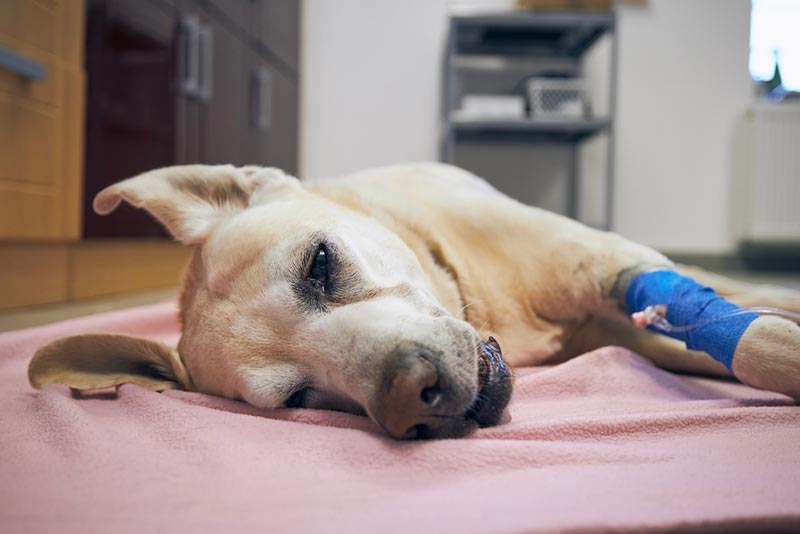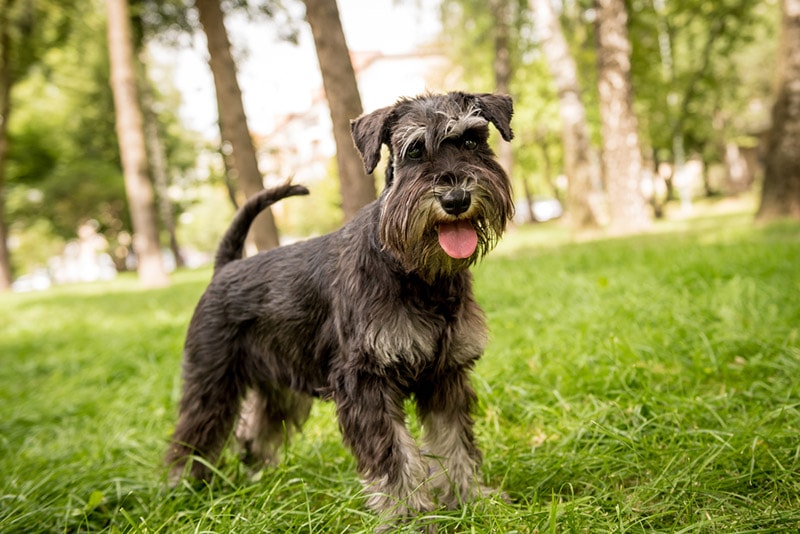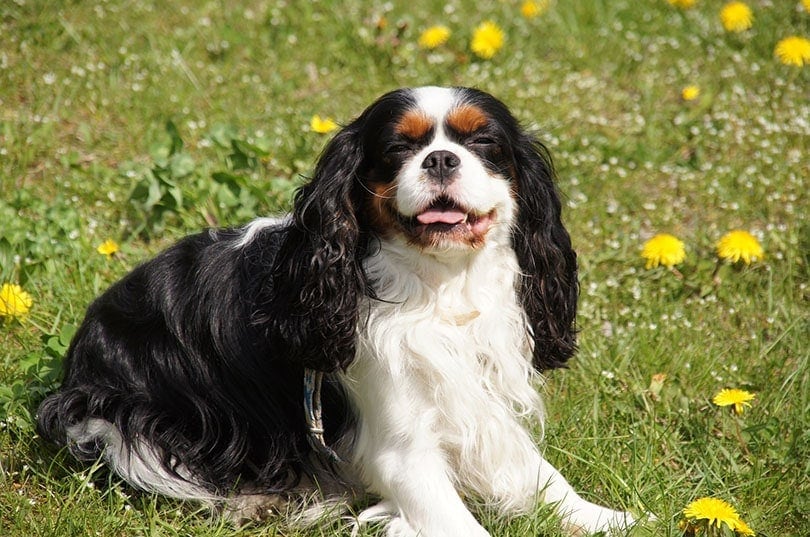How to Tell If It’s Time to Change Your Dog’s Food: Vet-Reviewed Signs
Updated on
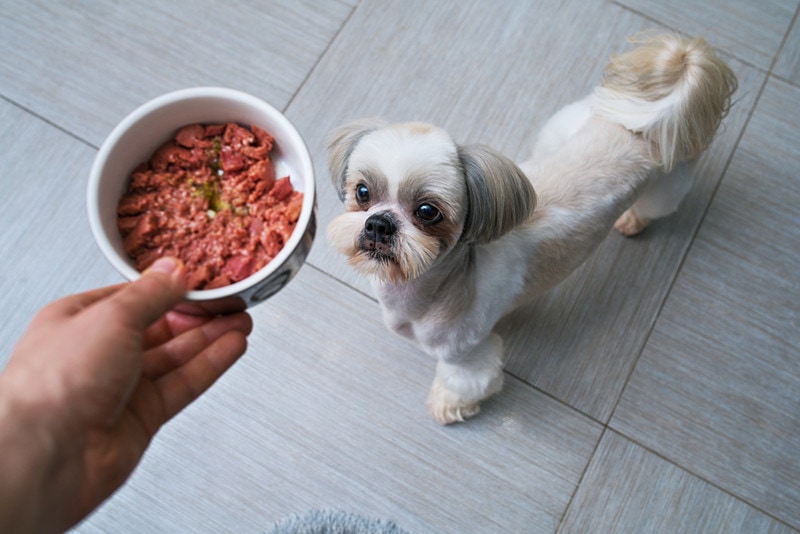
Most people wouldn’t want to eat the exact same foods for the rest of their lives. Fortunately, dogs are less picky, and sticking to the same diet for years isn’t likely to make them depressed. However, there are certain physical and behavioral signs that indicate that it may be time for a change. But before spicing up your pup’s feeding routine, be sure to consult your veterinarian for advice on your pet’s specific needs.
Watch for the following signs, and then check out the top tips for a smooth transition to new foods.
The 5 Signs That Your Dog May Need a Diet Change
1. Digestive Issues
If your dog is suffering from digestive issues, such as loose stools, excessive flatulence, frequent stomach growling, or diarrhea, this could indicate that their current food is not suitable for them or is of poor quality. These gastrointestinal disorders can also be signs of food intolerance.
If these are persistent issues for your pup, have your vet diagnose the problem. The solution may be as simple as switching to higher-quality foods or a stomach-sensitive diet that’s right for your pet.
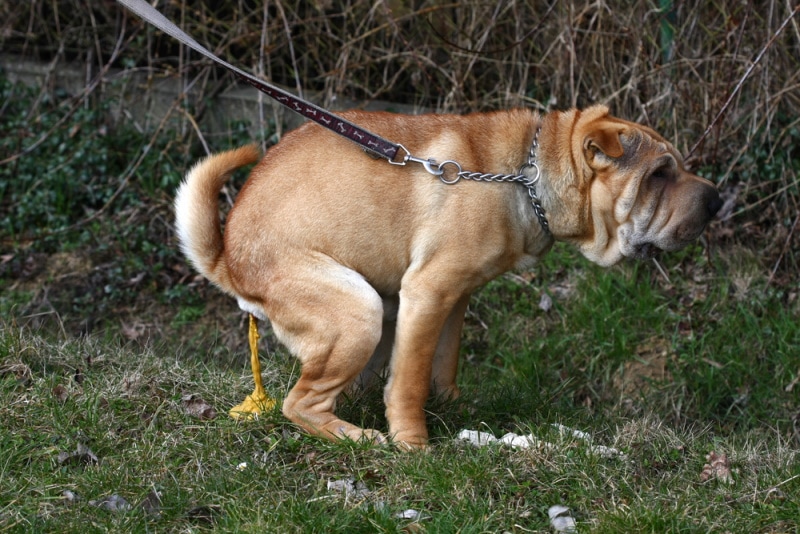
2. Dull Coat and Itchy Skin
Inadequate nutrition can lead to a dull, lackluster coat. A dog’s skin should also be supple, without redness or dandruff. To improve the health of your canine companion’s coat and skin, choose a diet with an appropriate amount of omega-3 and -6 fatty acids. Omega-3 fatty acids help manage inflammation, especially for the skin and joints, and omega-6 fatty acids are necessary to maintain healthy skin and a soft, silky coat.
However, if your dog is always itchy or has hives, it could mean a food allergy. In this case, it is essential to consult your veterinarian so they can establish the exact cause and prescribe an appropriate diet.
3. Excess Weight
If the pounds are piling up on your pal’s athletic build, it might be time to revise their lifestyle. Switching to an appropriate diet is a first step, but the impact of exercise and playtime on maintaining a healthy body and mind should not be overlooked! That said, weight gain can also be a sign of a medical problem, so be sure to check with your vet before making a food change.
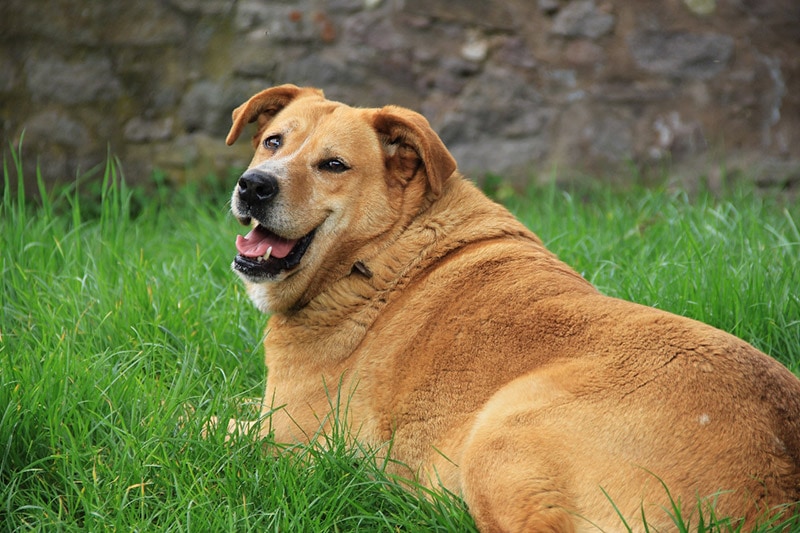
4. Lack of Appetite
If your dog is reluctant to eat their morning kibble, it could mean they no longer enjoy the taste. But since it’s unlikely that your pup has become fussy overnight, a sudden lack of appetite could be linked to an underlying health issue. Therefore, it might be time to head to the vet clinic to find out for sure.
5. Lifestage
Just like with humans, the nutritional needs of dogs differ according to their stage of life. For example, puppy food should be high in calories and fat, as puppies develop and grow in a short time. A pregnant or lactating female dog will need extra energy, hence the need for a diet adapted to her specific needs.
The diet of senior dogs should also reflect their distinct needs due to their more leisurely lifestyle, slower metabolism, the onset of certain health issues, etc. Depending on the characteristics of the breed, it is generally around the age of 5 to 7 that a food transition should begin.
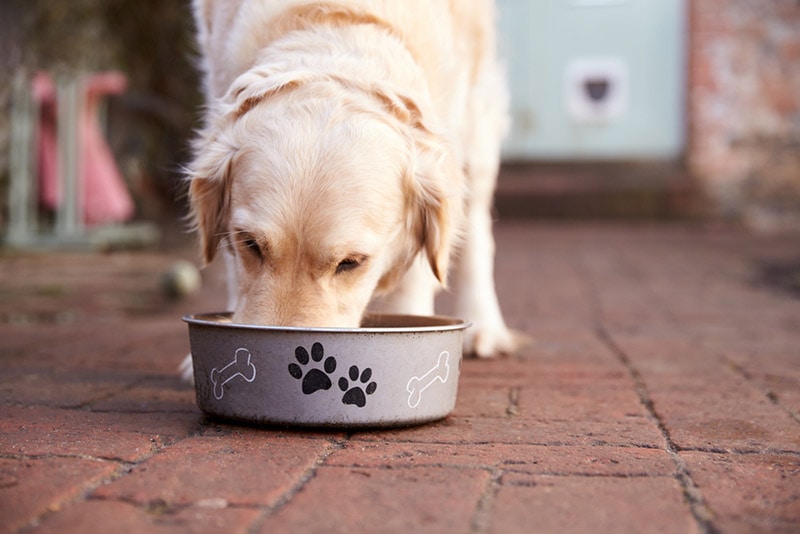
How to Make Your Dog’s Diet Transition Easier
Your four-legged friend will need an adjustment period to get used to new foods. In most cases, the transition will take about a week.
Here are a few basic steps to ensure a smooth transition:
| Days 1 and 2 | Give your dog ¼ of the new food and ¾ of their old food. This way, they can slowly get used to the new taste. |
| Days 3 and 4 | You can now split their portion in half: ½ of the old food and ½ of the new food. |
| Days 5 and 6 | Give your pet ¼ portion of the old food and ¾ of the new food. |
| Day 7 | Your dog can now eat the full recommended portion of their new diet. |
Note: In some cases, the transition may take longer. For example, dogs with sensitive stomachs or gastrointestinal disturbances may need a more extensive transition period. Also, if your dog displays appetite changes, vomiting, or diarrhea during the transition, it’s best to consult your veterinarian.
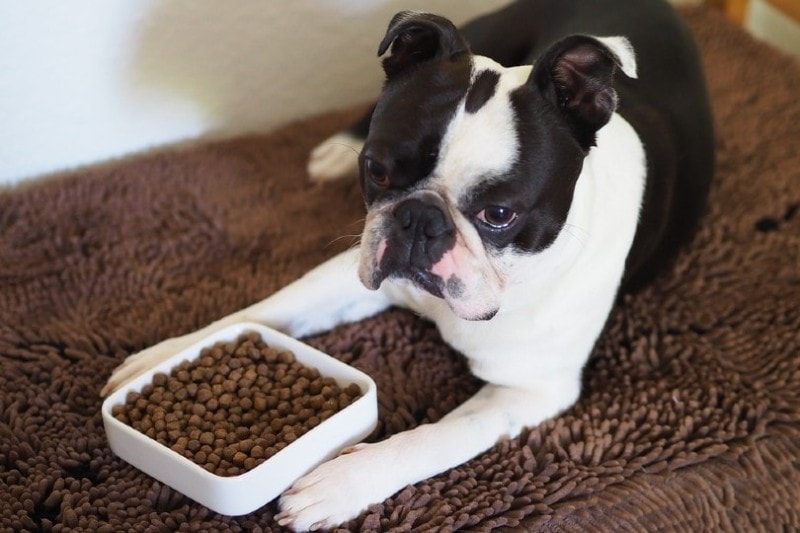
Final Thoughts
A good way to tell if your dog’s food is right for them is to check their physical appearance (skin, coat, weight) and behavior (appetite, energy levels) and for any signs of gastrointestinal disorders or other health problems (flatulence, itching, vomiting, diarrhea, etc.).
Before making any changes to your precious pup’s diet, always seek advice from your veterinary team to ensure that you’re on the right track.
Featured Image Credit: chaoss, Shutterstock



